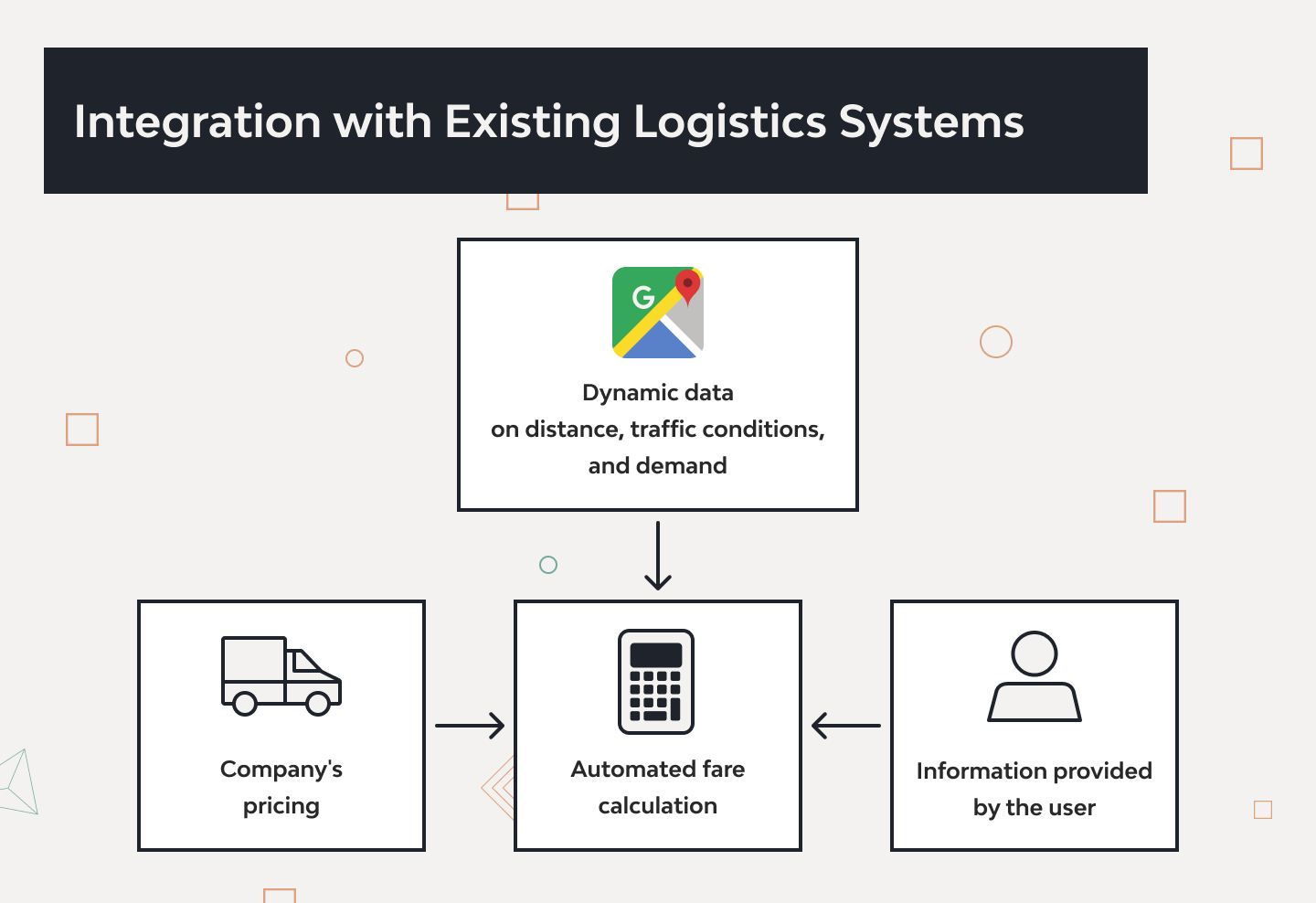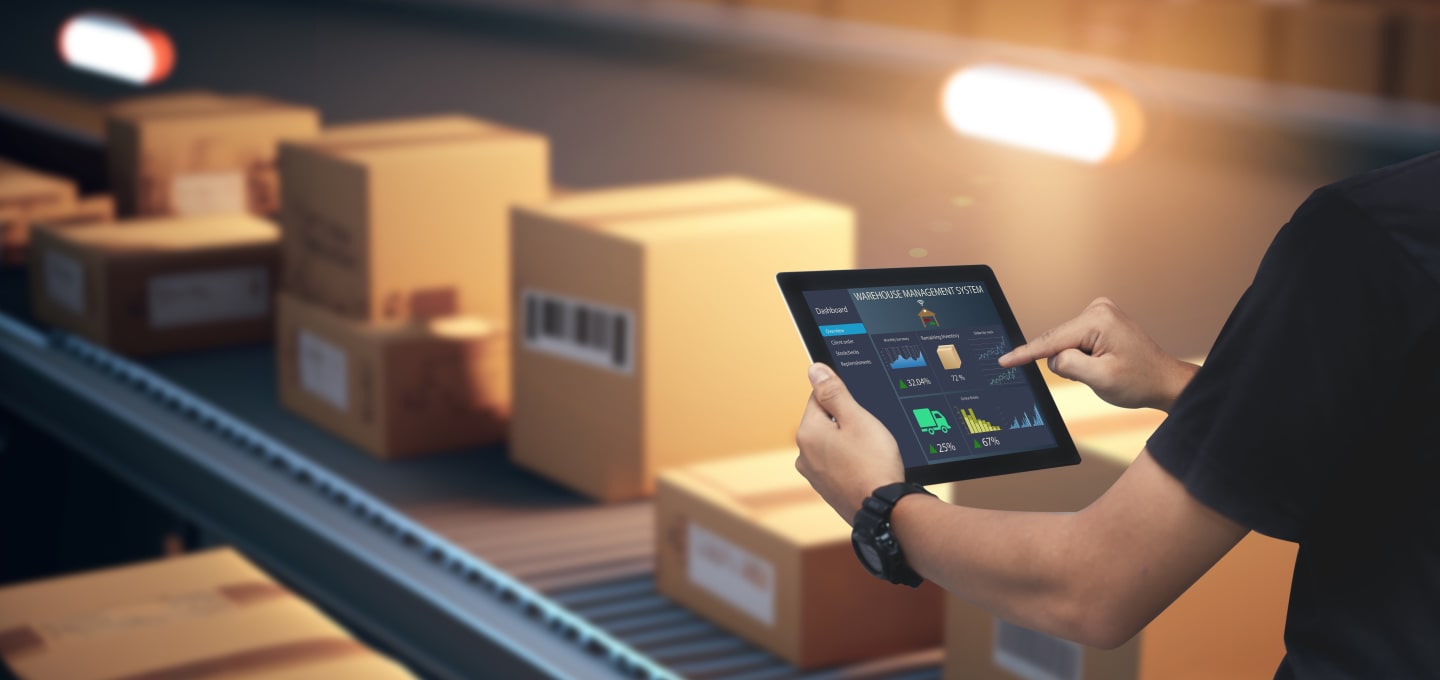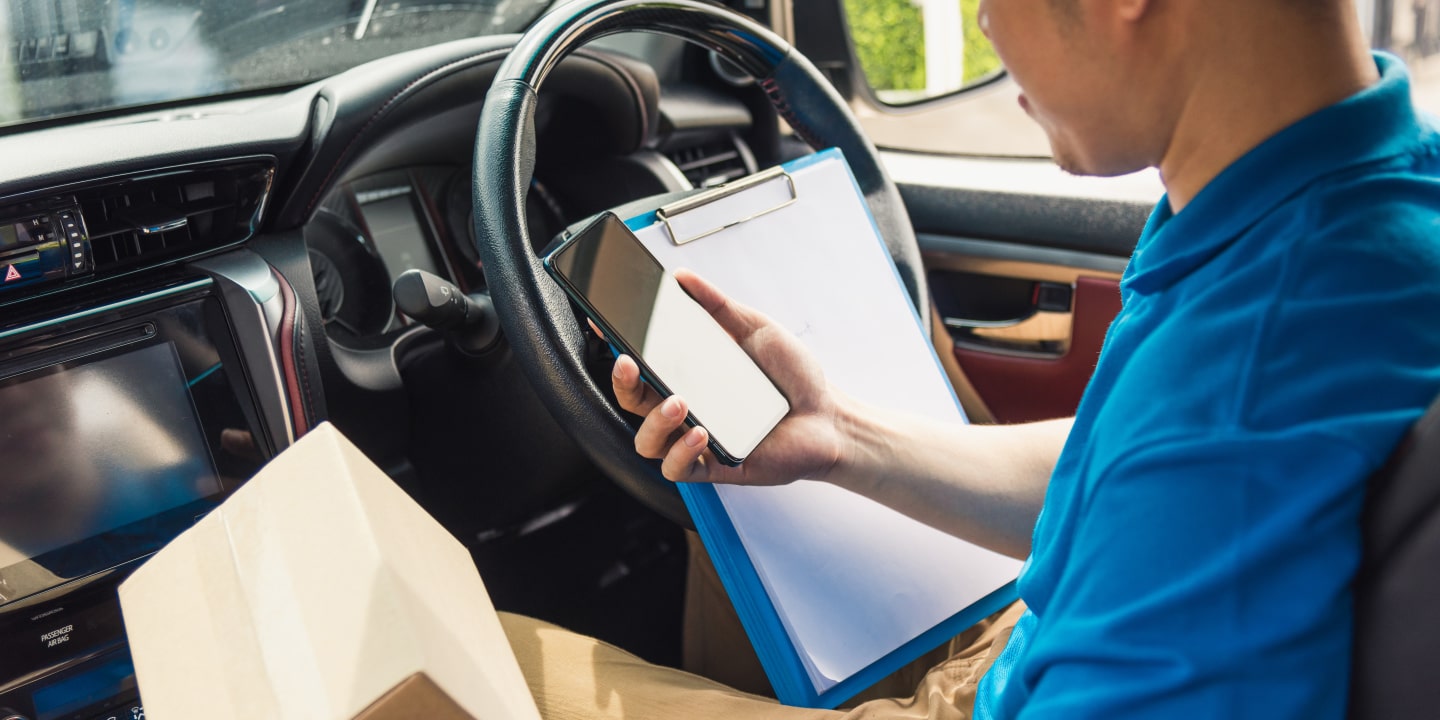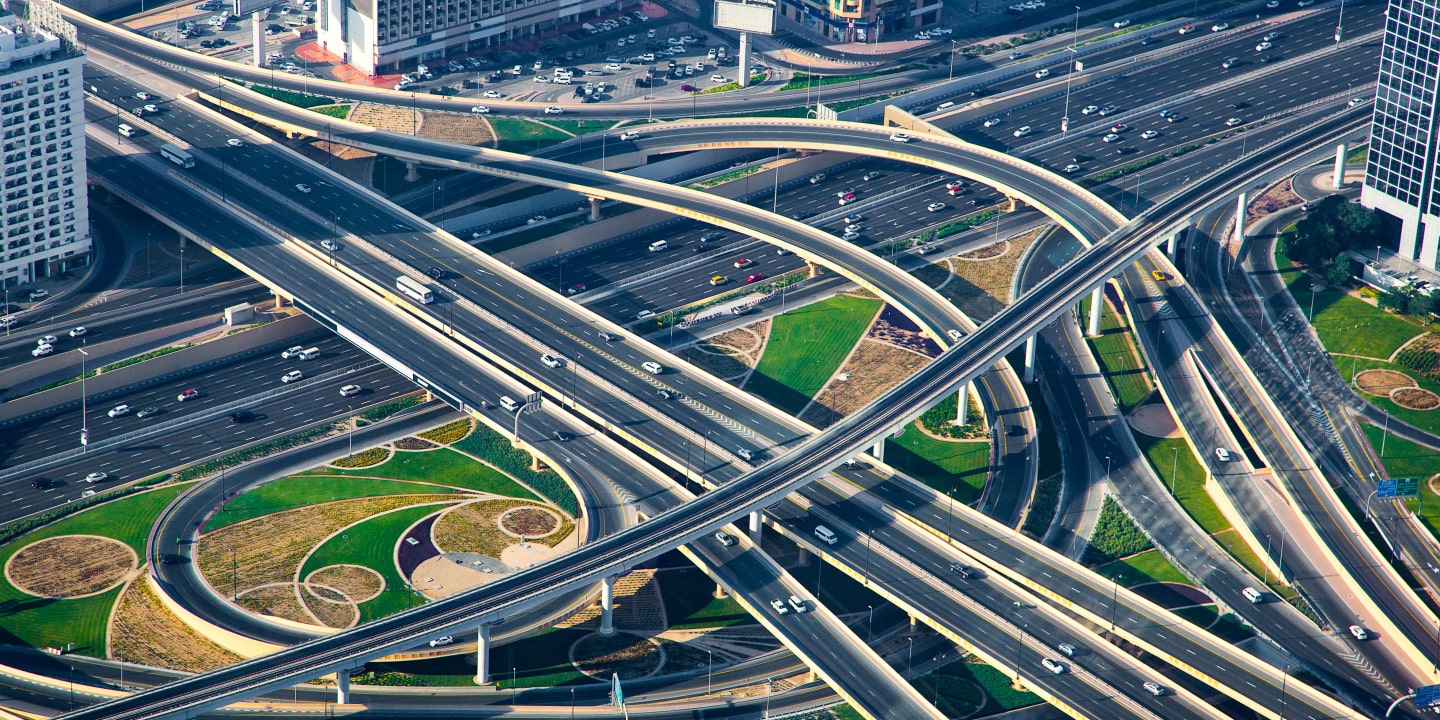How to Optimize Pricing with Automatic Fare Calculation

The shipping cost calculation feature helps businesses optimize the operational costs of each shipment order and elevates user experience in ordering logistic services. This feature gives customers a precise amount they have to pay without involving company representatives or taking their time since it is done automatically.
A delivery fare calculator contributes to effective payment optimization in software development. It empowers the company’s profitability without calling for extra human resources or compromising customer loyalty. Automatic shipping calculation streamlines processes but also enhances accuracy, adapting in real-time to variables like distance and demand. Such synergy helps to create accurate revenue models and pricing strategies. Businesses with logistics can unlock a dynamic toolset to stay agile in the market, providing both cost-efficiency and value to users.
The Role of Automatic Delivery Fare Calculation
Automatic delivery fare calculation shows the user the precise price for services they need. This algorithm estimates the delivery costs based on various factors such as distance, time, and demand without involving a company representative or any other manual labor. Hence, it is a matter of a few taps for the user to inquire, estimate the price, and order the service with the help of software—that speeds up the process and eliminates chances of human error on the way.
It became revolutionary for on-demand e-commerce services like food and car delivery and beyond. In food delivery, the transport fare calculator gauges distances to determine fair charges, while in-car delivery, it factors in variables such as fuel costs and vehicle type. Logistics systems leverage this technology to optimize freight costs with added transparency and efficiency in the supply chain. Let’s see some examples of how it contributes to the diversity of logistic businesses across the industry.

- In food delivery services, this technology precisely estimates costs and delivery time based on the distance between the restaurant and the customer’s location. The algorithms in such services consider dynamic variables like traffic conditions, delivery demand, and couriers’ availability to provide an accurate timeframe for delivery.
- In car delivery and rideshare app development services, the technology calculates the fare based on distance, time, and vehicle type. When users inquire about the service, they can see the expenses incurred during the transportation process.
- Logistics systems implement shipping cost calculators to optimize freight costs. The technology analyzes the distance traveled, the type of goods being transported, and real-time market conditions. This enhances transparency and efficiency in businesses’ supply chains.
- In courier and package delivery businesses, this technology calculates the parcel delivery price. When incorporated seamlessly and having access to current data for accurate pricing models, the system processes the delivery distance, package weight, and delivery urgency.
- In public transportation applications, such as maps or city guides, distance fare calculators help with route-building. They are employed for fare determination based on the distance and public transport fares, plus the demand during peak hours to determine the overall time of travel. With this feature in their go-to app for transport, users can build an optimal route for their travel and know how much it will cost.
In each instance of use, the customer gets an immediate calculation of the fare for the service they expat. In all the instances above, the calculator relies on quality and up-to-date data for assessing the route. Usually, these are road conditions and distances combined with the company’s established fares.
Benefits of Optimizing Pricing with Automatic Transport Fare Calculation
The idea of this automation appears as a response to existing challenges. Many logistic companies face the pitfalls of manual fare calculations. This process used to take more time and be less flexible due to slow updates on given conditions. Here are some problems that auto-calculators solve.
- Humans are prone to errors. So, manual fare calculation is susceptible to human errors. One is easy to make dealing with intricate logistics scenarios. If a representative factors in variables, such as distance, time, or weight, it can lead to inaccuracies in pricing.
- Manual fare calculation is rigid to real-time changes. It is a next-to-impossible challenge to incorporate all the real-time changes for a human. These include traffic conditions, demand spikes, or unforeseen circumstances that factor in fare formation. However, an algorithm can be perfectly responsive to instant updates.
- Doing it manually is time-consuming and takes more steps. In complex scenarios, manual calculation of fares can lead to operational inefficiencies. If the company has to handle a high volume of requests, this inefficiency will damage customer experience and sales.
- Inefficient processes limit the company’s scalability. Businesses with prevalent manual processes are often less scalable. Especially so when it comes to a growing customer base. Automated and self-service systems are better equipped to handle scalability challenges. Consistent and accurate fare calculations optimize the business’s growth.
- The company is slow to pick up trends. Manual fare calculation hinders the ability to analyze trends and patterns effectively. Automated systems provide valuable insights into customer behavior, market dynamics, and operational efficiency, allowing businesses to make informed decisions.
Automating transport fare calculation processes addresses these challenges directly. It is a solution that enhances accuracy and provides the flexibility to adapt to the complexities of logistics scenarios.
An automated shipping fare calculator features benefits on both ends. Clients have immediate access to information and services. The application user only needs their mobile device to see the fair with no third parties involved. Business-wise, it saves money on customer service representatives. Consecutively, businesses optimize their fare collection.
Finally, it is a considerable contribution to the digital transformation of the business. Whether it is an established logistic giant or a new startup that starts digitally, it gives space for further growth and optimization.
A well-developed delivery cost calculator simplifies complex pricing models. Plus, it brings operational, maintenance, and customer experience benefits. Here are the processes that improve with such automation.

Enhanced accuracy and consistency in fare calculation
A transport fare calculator eliminates the space for human error in the inquiry process. This way, the user can see precise and consistent pricing based on recent data. Accuracy in fare display and charges contributes to customers’ trust. It reduces disputes, thus ensuring transparent and reliable transactions.
Real-time adjustment of fares based on dynamic factors
Distance, time, and demand are dynamic factors seamlessly incorporated into the calculation process. With this real-time adjustment, businesses can adapt to market changes instantly. In this case, current conditions provide fair and competitive pricing.
Improved competitiveness and customer satisfaction
Accurate and transparent pricing gives businesses a competitive position among their competitors. Customers appreciate the fairness and consistency of automated fare calculation. It is as important as the convenience of using the service. Combining these benefits can help companies reach a new competitive edge and differentiate.
Time and cost savings for businesses
Automating the fare calculation translates into significant savings for businesses. Streamlined pricing operations allow teams to focus on core activities, driving team productivity and profitability. Plus, customers get a faster response to their requests.
In short, many transportation industry businesses have incorporated such automation into their digital transformation due to the advantages it provides. Many emerging and new businesses that deal with logistics start with this feature for users. This way, new companies with a reliable tech team can easily ensure a smooth user experience for their audiences.
Factors Influencing Delivery Fare Calculation
Based on the nature of the business, the transport fare calculator in its app must consider different parameters for fare calculation. The fundamentals are the distance, the weight of the goods delivered, and the preferred time of the delivery. The algorithm calculates a part of them, and the customer provides another part. Here is how each of them impacts the fare calculation.
The physical distance between the point of origin and destination defines how much fuel it takes for the company. Naturally, the longer the distance, the higher the cost and the time.
The weight and size of the items directly impact transportation costs. Heavier or bulkier shipments require more resources. They may need larger vehicles and additional handling efforts. Thus, the harder it is to transport, the higher the overall expenses will be.
The time and urgency of a delivery can affect pricing. For instance, rush-hour deliveries may incur higher costs. Many logistics companies offer their clients a standard or fast delivery. Hence, if the customer chooses a faster delivery, the calculator takes it into account developing the price.
Market conditions and fluctuations in demand can impact fare calculation. Big companies include the number of items in stock to asses the delivery time. During peak periods or high-demand seasons, prices reflect the increased demand for delivery services.
Implementing Automatic Delivery Fare Calculation
Implementing an automatic delivery fare calculation system is a strategic move in the realm of logistics. The steps on how to optimize shipping costs will depend on the existing processes in the company. Usually, it takes three major stages of implementation.
Data collection and analysis
What data does the company need to calculate the fare? Some of the data is inserted by the user. Yet, to add the customer data to the results, the calculator must have access to data on distance, weather conditions, and other dynamic factors. The company has to decide what analytical tools to use and where to take the needed data. The tech team and stakeholders figure out the data needed and the ways to integrate it during the discovery phase. Additionally, this phase hints at the following steps in the process: integration into the current workflows.
Integration with existing logistics systems
This process will be more complex for established companies that aim at digital transformation. The challenge here is to integrate digitalized workflows and tools into physical processes without significant disruption. This integration means installing the necessary gear for data collection and reporting as well as connecting the database with the necessary variables.
Read Also: Connecting Shippers and Third-Party Logistics Providers
For businesses that start digital, this phase means building the process and the workflow around it from scratch. Thus, a new service can build physical processes around those that are already optimized with automated solutions.

Testing and refinement
Before business-wide deployment, the automation must undergo some testing. The team has to simulate diverse scenarios to uncover potential issues and glitches at every stage of service. This is an ongoing process that involves user feedback, system responsiveness testing, and overall performance optimization. Only after extensive testing and refinement is the system ready for real-world logistics scenarios.
While automation promises efficiency, it creates new challenges too. Data accuracy, seamless integration with diverse systems, and the system’s potential resistance to change are vital considerations in digital transformation. Going through every stage goes smoother for the product and the team when the process is outlined according to the results of the discovery phase.
Case Studies or Success Stories
Django Stars has launched several logistic products. One of the most recent ones is the restaurant mobile apps case study for the food industry.

The development involved 8 specialists and took around a year to release. Traditionally, the team took all the necessary time to conduct a substantial discovery phase to study the market, audience habits with similar services, the needed data for automatic processes, and the final constitution of the development team. The results of the discovery phase provided:
- Clear team constitution
- Development roadmap
- User persona for UX design
- Timeframe for the MVP release
This functionality of fast delivery with real-time tracking was a joint effort of UX and backend engineers: integration of the necessary data for instant calculation combined with simple user flow. On top of that, the developers ensured the security of every transaction. This food delivery application integrated data on the availability of the items in the menu for the order; distance and traffic conditions for the calculation of the delivery time, and a real-time tracker for the user to see its progress.
As a result, the infrastructure created around this transport fare calculator initially allows for easy ordering for the clients and fast onboarding of the new restaurants for the business. As of now, Azyan is a leading food delivery solution in Jordan that delivers over 1 million packages every year.
Conclusion
The integration of automatic delivery fare calculation is not just a tool but a catalyst for digital transformation. Logistic businesses are among the slowest to adopt digital solutions due to the physical nature of the service. Nonetheless, the benefits of such implementation extend beyond optimizing the fare collection. It also weighs into enhanced customer satisfaction, improved competitiveness, and scalability. By automating the process, companies can reach higher accuracy, streamline operations, and deliver a seamless user experience.
As technology advances, integrating such automated solutions evolves from beneficial to necessary for businesses aiming to thrive in the competitive market.
- What factors influence the calculation of delivery fares?
- Various factors shape delivery fares, depending on the service's nature. International package delivery, for example, counts in the distance traveled, weight of items, preferred delivery time, and market conditions. For fast real-time delivery, those will be weather conditions and courier availability. These dynamic elements ensure accurate and fair pricing for users.
- Can automatic fare calculation be customized for specific business needs?
- Yes. In fact, automatic fare calculation must be tailored to meet specific business requirements. Developers can customize algorithms to consider unique variables, ensuring the system aligns seamlessly with individual logistics operations. All of the needed functionalities become clear after the discovery phase.
- How can businesses implement automatic delivery fare calculation?
- It depends on their established processes and current operations. If this feature is a part of the digital transformation of an established business, the developers must find a way to incorporate it without disrupting the existing processes and user flows. New businesses and startups can build other processes around already optimized fare collection. Either way, this process will include data collection and analysis, integration with existing systems, and thorough testing and refinement.
- What data does a business need for automated fare calculation?
- For automated fare calculation, businesses need access to data about the process or service. These sets can include distance, weather conditions, delivery demand, and other dynamic factors. This data, matched with user-provided information, allows the system to generate precise and real-time fare estimates.










